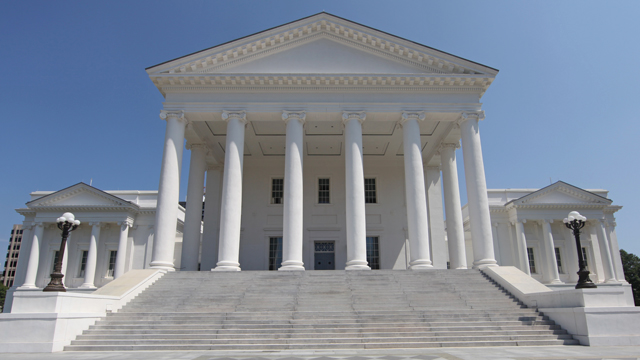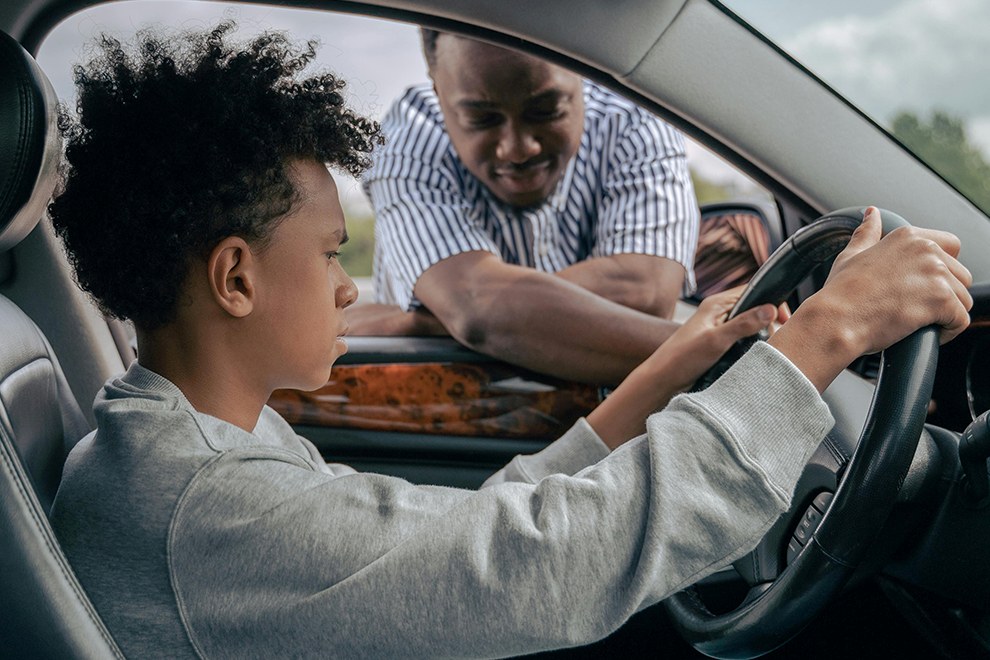Virginians have elected a new governor, Ralph Northam, who will take office January 13, 2018. What will his priorities be? One early action he could take to ensure children’s issues are a top priority during his administration is to form a Children’s Cabinet.
Governor Terry McAuliffe was the first Virginia governor to create this structure, but thirty-two other states have similar inter-agency coordinating bodies. They have proven to be effective in bringing together leaders of different state agencies to solve complex problems facing children. Fortunately, both candidates for Virginia’s governor – Ralph Northam and Ed Gillespie – promised during their campaigns to continue the existing Children’s Cabinet in some form if elected. Now is the time to let Governor-elect Northam know that child advocates think he should follow through with this pledge.
Why is a Children’s Cabinet important? Some of the thorniest problems that affect children and their families need to be solved with input from a variety of perspectives. For example, between 2015 and 2016, Virginia experienced a 21 percent increase in reports to social services of the number of babies exposed to substances prenatally because of their mothers’ addiction to opioids or other drugs. Meeting the needs of these babies and their families and reversing this trend will require policy changes around substance-abuse treatment, health care, housing, child welfare, and parenting support. Having the Children’s Cabinet lead such a complex response within state government – as well as coordinate with the private sector – would help ensure coordination and effective use of resources.
Governor-elect Northam could ask his Children’s Cabinet to address a number of critical issues, including preventing and addressing childhood trauma, expanding the use of effective alternatives to school suspension and expulsion, and ending youth homelessness. The Governor and his Children’s Cabinet can establish goals toward which all members of his administration are working to improve the lives of children and align policies and resources among state agencies to achieve these outcomes.
One component of effective Children’s Cabinets is the ability to bring together data, often collected by different entities of government through various IT systems, so the cabinet can get a holistic view of the needs it is trying to address. Children’s Cabinets can also track outcomes resulting from any policy changes to measure effectiveness and make course corrections when necessary.
The week before the new governor is inaugurated, the Virginia General Assembly will be back in Richmond for its long session, which lasts sixty days. The House of Delegates will have many new faces after last month’s election. One of the biggest jobs senators and delegates will be tackling is revising the 2-year state budget that Governor McAuliffe introduces this month while he is still in office.
Two big-ticket items that affect children directly are public education and health insurance. The General Assembly will have the responsibility of determining how to fund these and other priorities with limited state resources. State legislators must decide how much to adjust funding for education to match enrollment trends, staffing needs, and provide enough support to help students succeed. Given the uncertainty around health insurance coverage at the federal level, the General Assembly will also make decisions about state-funded children’s health insurance. Coverage for 720,000 children in Virginia will be impacted by a combination of decisions made by federal and state lawmakers.
The election is over, but our work as child advocates continues. Look for opportunities to become involved in educating your legislators – especially if you have a newly elected delegate – about the issues that are important to you and your Virginia family.




